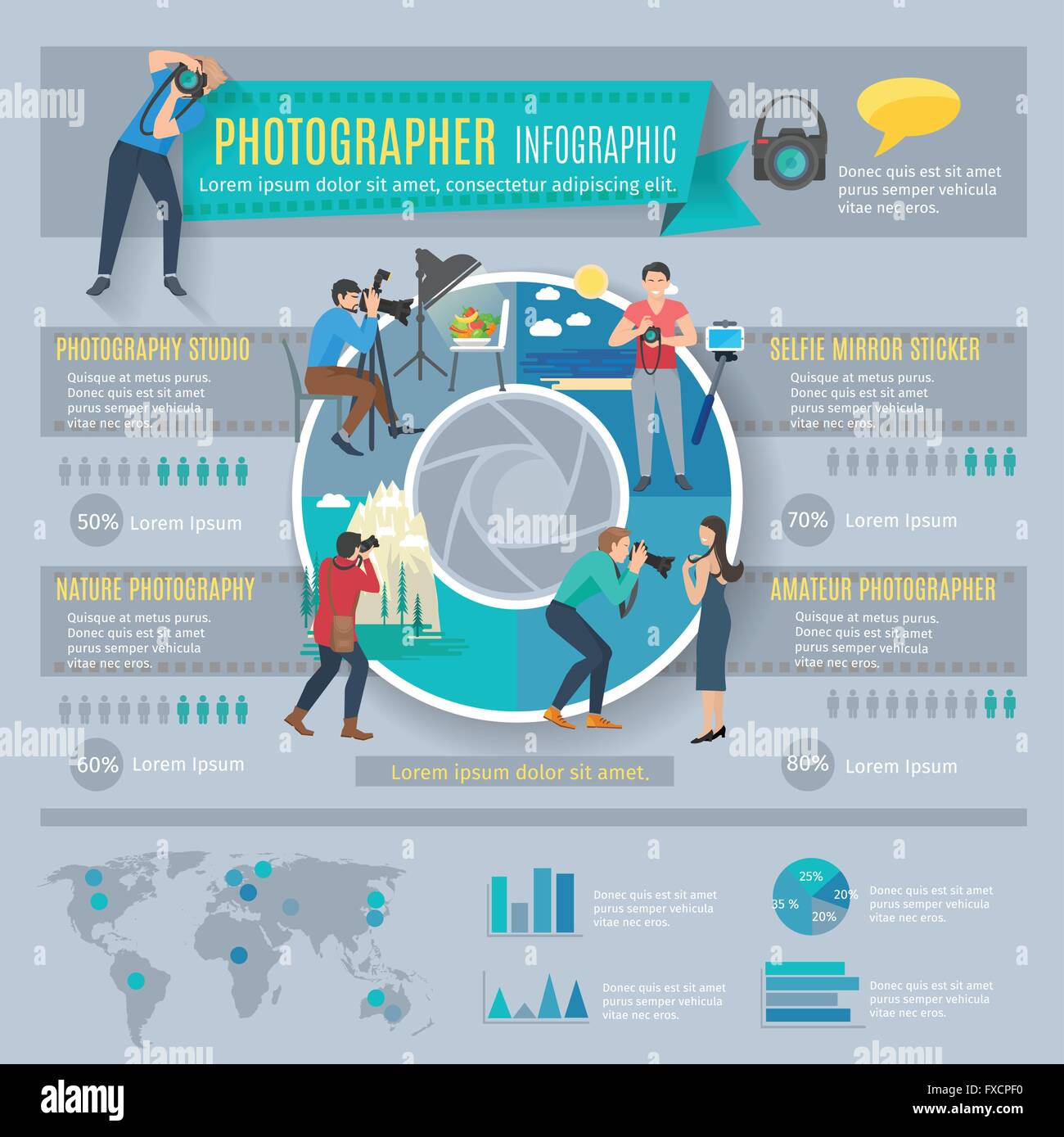Digital Photography Tips For Beginners: Mastering Your Cam Quickly
Digital Photography Tips For Beginners: Mastering Your Cam Quickly
Blog Article
Staff Writer-Whitley Bryant
When you first pick up your video camera, it can really feel frustrating with all the settings and alternatives offered. You could find yourself wondering just how to browse aperture, shutter speed, and ISO successfully. Grasping these basics is essential, but there's even more to digital photography than just technical knowledge. Recognizing composition techniques and lighting conditions can raise your pictures considerably. So, what happens if you could learn basic methods to boost your abilities and start catching remarkable pictures sooner than you believe? Let's discover how to transform your photography trip.
Understanding Camera Settings
Comprehending your electronic camera setups is critical for catching sensational pictures. When you grab your electronic camera, acquaint yourself with the 3 primary settings: aperture, shutter rate, and ISO. Each plays an important role in exactly how your photos turn out.
Begin with Medical Residency headshot , which regulates the amount of light going into the lens. A broader aperture (lower f-number) allows more light and creates a gorgeous history blur, excellent for pictures. Alternatively, a narrower aperture (higher f-number) maintains even more of the scene in emphasis, ideal for landscapes.
Next off, concentrate on shutter rate. This setup determines for how long your cam's sensor is subjected to light. A rapid shutter speed ices up movement, which is fantastic for activity shots, while a slow-moving shutter rate can produce stunning results like smooth water in landscapes.
Last but not least, adjust your ISO. This setting affects your camera's sensitivity to light. A higher ISO works in low-light scenarios but can introduce sound or grain. Go for the lowest ISO possible while still accomplishing appropriate direct exposure.
Structure Techniques
When you're out shooting, make-up can make all the difference in how your pictures reverberate with audiences. Begin by utilizing the rule of thirds; visualize your framework split into nine equal sections with 2 horizontal and 2 upright lines. Setting key elements along these lines or at their junctions to produce balance and interest.
Next off, take into consideration leading lines. These natural lines in your scene, like roads or rivers, attract the visitor's eye right into the picture, leading them with the tale you're informing.
Do not forget framing; use elements within your scene, like trees or windows, to develop a framework around your subject, including depth and emphasis.
Additionally, watch on your history. A chaotic history can sidetrack from your primary topic, while a simple one assists it attract attention.
Finally, trying out proportion and patterns; they can create a striking image that catches interest.
Mastering Lights Conditions
Grasping lights problems is important for catching spectacular pictures, as the best light can transform a common scene into something amazing.
Start by observing all-natural light at different times of the day. https://telegra.ph/Achieve-A-Standout-Digital-Photography-Portfolio-By-Mastering-Distinct-Style-And-Engaging-Narration---Uncover-The-Essential-Elem-01-09 and late afternoons provide the best light, referred to as the golden hour. The soft, warm tones during these times can improve your pictures magnificently.
Don't avoid overcast days either; diffused light can reduce severe darkness and develop a pleasing impact, specifically for pictures.
Experiment with backlighting by positioning your topic against the light source. This technique can develop a fanciful halo effect and add depth to your images.
Pay attention to your camera setups too. Readjust the ISO, aperture, and shutter rate to match the illumination conditions. A higher ISO can assist in reduced light, yet be cautious of grain.
Use a tripod in darker atmospheres to avoid blur.
Finally, do not neglect man-made illumination. please click the following internet site and continual lights can be wonderful devices for controlling light in challenging problems.
Conclusion
To conclude, grasping your video camera does not need to be frustrating. By comprehending your setups, using make-up methods, and taking advantage of the power of natural light, you'll quickly raise your digital photography abilities. Remember, exercise makes excellent, so go out there and trying out your newfound knowledge. With time and devotion, you'll be capturing magnificent pictures that reflect your distinct point of view. Delight in the journey, and do not fail to remember to have fun while you're at it!
